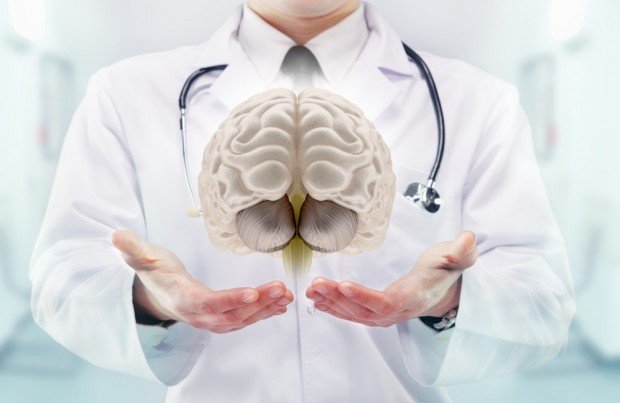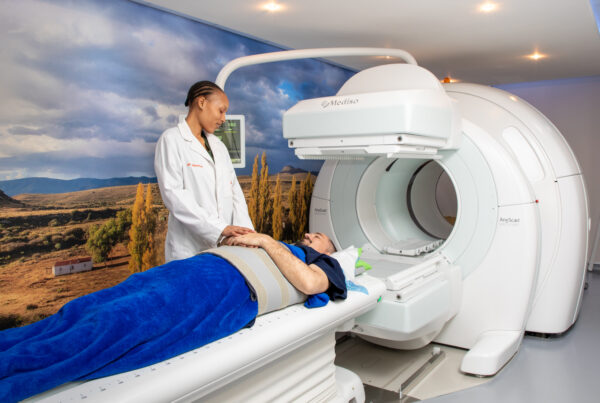A new study has revealed that older adults who start to experience bad dreams or nightmares could be showing the earliest signs of Parkinson’s disease. This is important for anyone in the risk group for Parkinson’s disease. Here’s what you need to know.
Researchers at the University of Birmingham discovered that in a cohort of older men, individuals experiencing frequent bad dreams were twice as likely to be later diagnosed with Parkinson’s as those who did not.
Risk indicators for Parkinson’s and Longevity
Previous studies have shown that people with Parkinson’s disease experience nightmares and bad dreams more frequently than adults in the general population. However, using nightmares as a risk indicator for Parkinson’s has not previously been considered.
What is Parkinson’s disease?
Parkinson’s disease (PD) is a neurodegenerative disorder that affects predominately dopamine-producing (“dopaminergic”) neurons in a specific area of the brain called substantia nigra.
According to the Parkinson’s Foundation, “Symptoms generally develop slowly over the years. The progression of symptoms is often a bit different from one person to another due to the diversity of the disease.”
Who is at risk?
People usually develop the disease around age 60 or older. If you have a close relative with Parkinson’s disease your chances of developing the disease will increase. However, according to Mayo Clinic, “your risks are still small unless you have many relatives in your family with Parkinson’s disease.”
The Parkinson’s Foundation confirms that, “Scientists are exploring ways to identify biomarkers for PD that can lead to earlier diagnosis and more tailored treatments to slow down the disease process. Currently, all therapies used for PD improve symptoms without slowing or halting disease progression.”
People with Parkinson’s disease may experience:
- Tremor, mainly at rest and described as pill rolling tremor in hands. Other forms of tremor are possible
- Bradykinesia
- Limb rigidity
- Gait and balance problems
“The cause remains largely unknown. Although there is no cure, treatment options vary and include medication and surgery. While Parkinson’s itself is not fatal, disease complications can be serious. ” Parkinsons.org
Research by the Center For Human Brain Health
Lead author, Dr Abidemi Otaiku, of the University of Birmingham’s Centre for Human Brain Health, said: “Although it can be really beneficial to diagnose Parkinson’s disease early, there are very few risk indicators and many of these require expensive hospital tests or are very common and non-specific, such as diabetes.
“While we need to carry out further research in this area, identifying the significance of bad dreams and nightmares could indicate that individuals who experience changes to their dreams at an older age – without any obvious trigger – should seek medical advice.”
The team used data from a large cohort of studies from the USA, which contained data over a period of 12 years from, 3818 older men living independently. At the beginning of the study, published in eClinicalMedicine, the men completed a range of questionnaires, one of which included a question about sleep quality.
A higher likelihood of being diagnosed with Parkinson’s disease
Participants reporting bad dreams at least once per week were then followed up at the end of the study to see whether they were more likely to be diagnosed with Parkinson’s disease.
During the follow-up period, 91 cases of Parkinson’s were diagnosed. The researchers found that participants experiencing frequent bad dreams were twice as likely to develop the disease compared to those who did not.
Most of the diagnoses happened in the first five years of the study. Participants with frequent bad dreams during this period were more than three times as likely to go on to develop Parkinson’s.
Link with bad dreams
The results suggest that older adults who will one day be diagnosed with Parkinson’s are likely to begin experiencing bad dreams and nightmares a few years before developing characteristic features of Parkinson’s, including tremors, stiffness and slowness of movement.
The study also shows that our dreams can reveal important information about our brain structure and function and may prove to be an important target for neuroscience research.
The bottom line
The researchers plan to use electroencephalography (EEG) to look at the biological reasons for dream changes. They will also look at replicating the findings in larger and more diverse cohorts and explore possible links between dreams and other neurodegenerative diseases such as Alzheimer’s.




![women [longevity live]](https://longevitylive.com/wp-content/uploads/2020/01/photo-of-women-walking-down-the-street-1116984-100x100.jpg)










